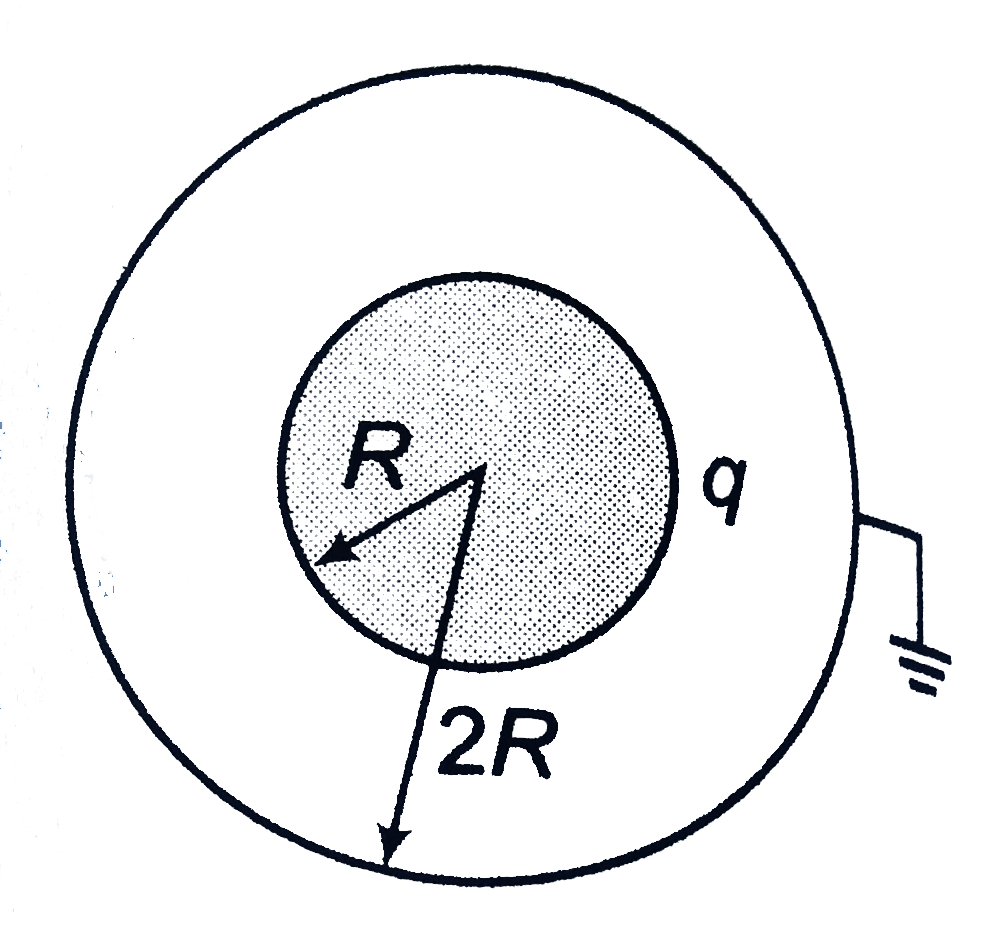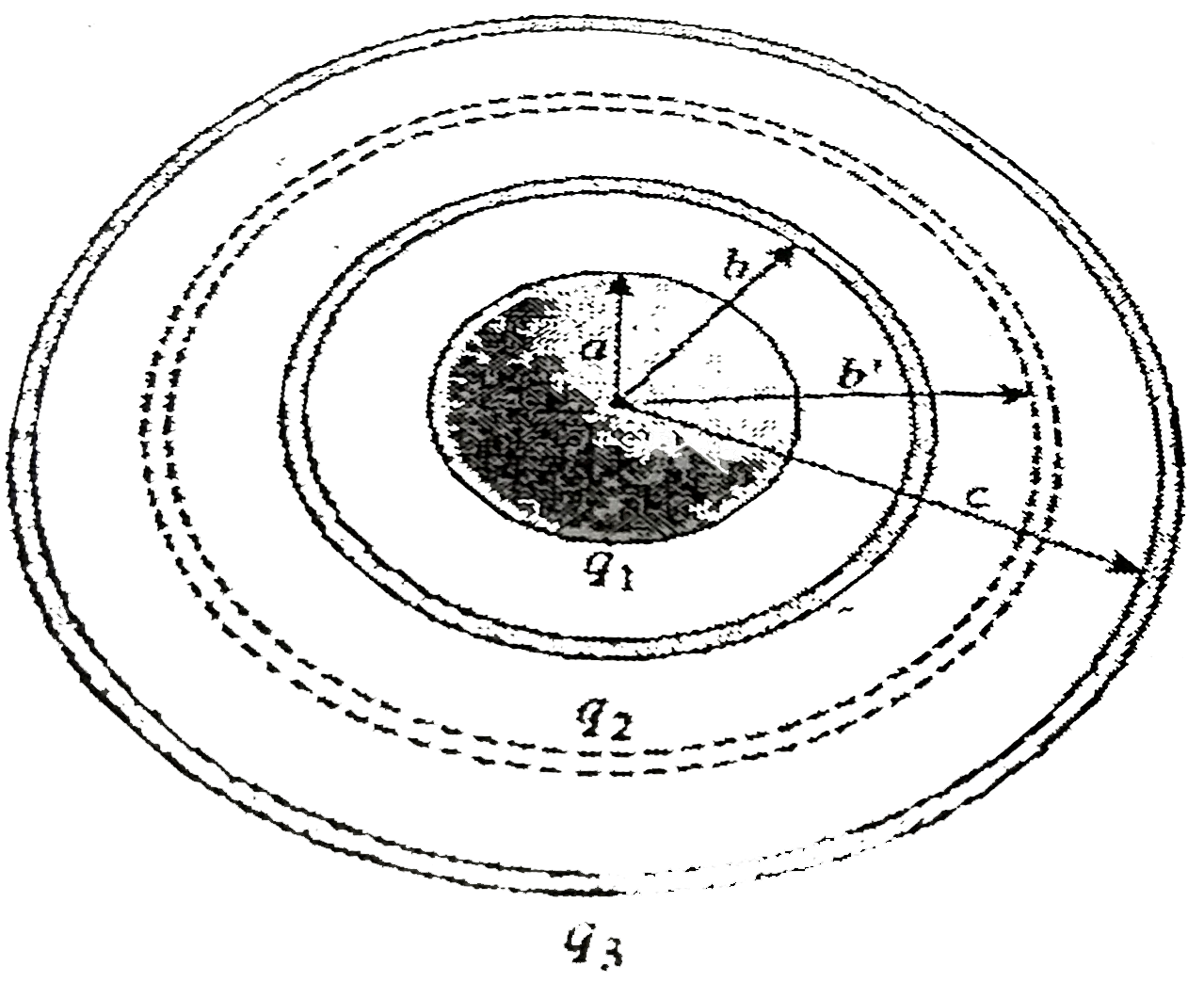Illustrative Example from GK PUBLICATIONS PHYSICS Chapter 5 ELECTROSTATICS for Class 12
| Class 12 | PHYSICS |
| Chapter | ELECTROSTATICS |
| GK PUBLICATIONS PHYSICS | Illustrative Example |
| Medium | English |
| Academic Year | 2023-2024 |
Question 3
Two particles A and B having charges q and 2q respectively are placed on a smooth table with a separtion d. A third partcle C is to be clamped on the table in such a way that the particles A and B remain at rest on the table undeer electrical forces. What should at rest on the table under electrical forces. What should be the charge on C and where should it clamped? View SolutionQuestion 5
A particle a having a charge of 5.0×10−7C is fixed in. a vertical wall. A second particle B of mass 100 g and. having equal charge is supended by a silk thread. of length 30 cm form the wall. The point of suspension is. 30 cm above the particle A. Find the angle of the thread. with the vertical when it stays in equilibrium. View SolutionQuestion 6
Ten positively charged particles are kept fixed on the x-axis at points x=10cm, 20cm, 30cm, …, 100cm. The first particle has a charge 1.0×10−8C, the second 8×10−8 C, the third 27×10(−8)C and so on. The tenth particle has a charge 1000×10−8C. find the magnitude of the electric force acting on a 1 C charge placed at the origin. View SolutionQuestion 11
Four small particles charged with equal positive charges Q each are arranged at the four corners of a horizontal square of side a. A unit positive charge mass m is placed at a point P, at a height h above the centre of the square. What should be the magnitude of charge Q in order that the unit charge remain in equilibriumView SolutionQuestion 12
Two small particles charged with equal positive charges Q each, are fixed apart at a distance 2a. Another small particle having a charge q lies midway between the fixed charges. Show that
(i) For small displacement (relative to a) along line joining the fixed charges, the middle charge executes SHM'if it is +ve and
(ii) For small lateral displacement, it executes SHM ifit is-ve. Compare the frequencies of oscillation in the two casesView SolutionQuestion 13
A wooden ball covered with an aluminimum foil having a mass m hangs by a fine silk thread l metre long in a horizontal electric field E. When the ball is given an electric charge q coulomb, it stands out d metre from the vertical line passing through !he · suspension point of thread. Show that the electric field is given by
E=mgd√l2−d2View SolutionQuestion 14
A particle of mass m and charge q is thrown with initial velocity v0 at an angle with the horizontal. In space there exist an electric field of strength E at angle β with the downward vertical away from the point of projection. Find the time of flight and range of projectile on horizontal groundView SolutionQuestion 15
An inclinded plane making an angle of 30∘ with the horizontal electric field of 100Vm−1 as shown in Figure. A particle of mass 1kg and charge 0⋅01C is allowed to slide down from rest from a height of 1m. If the coefficient of friction is 0.2, find time taken by the particle to reach the bottom.
 View Solution
View SolutionQuestion 16
A ball of mass m with a charge q can rotate in a vertical plane at the end of a string of length l in a uniform electrostatic field whose lines of force are directed upwards. What horizontal velocity must be imparted to the ball in the upper position so that the tension in the string in the lower position of the ball is 1.5 times than the weight of the ball? View SolutionQuestion 17
A simple pendulum has a bob of mass m = 40 gm and a positive charge q=4×10−6C. It makes 20 oscillation in 4.5 s. A vertical upward electric field of magnitude E=2.5×104N/C is switched on in space. How much time will the simple pendulum will now take to complete 20 oscillation.View SolutionQuestion 18
A bob of mass m carrying a positive charge q is suspended from a light insulating string of length l inside a parallel plate capacitor with its plates making an angle β with the horizontal as shown in figure. The plates of the capacitor are connected with a battery to establish an electric field E between the plates with its upper plate negatively charged. Find the period of small oscillations of the pendulum and the angle between the thread and vertical in equilibrium position of the bob
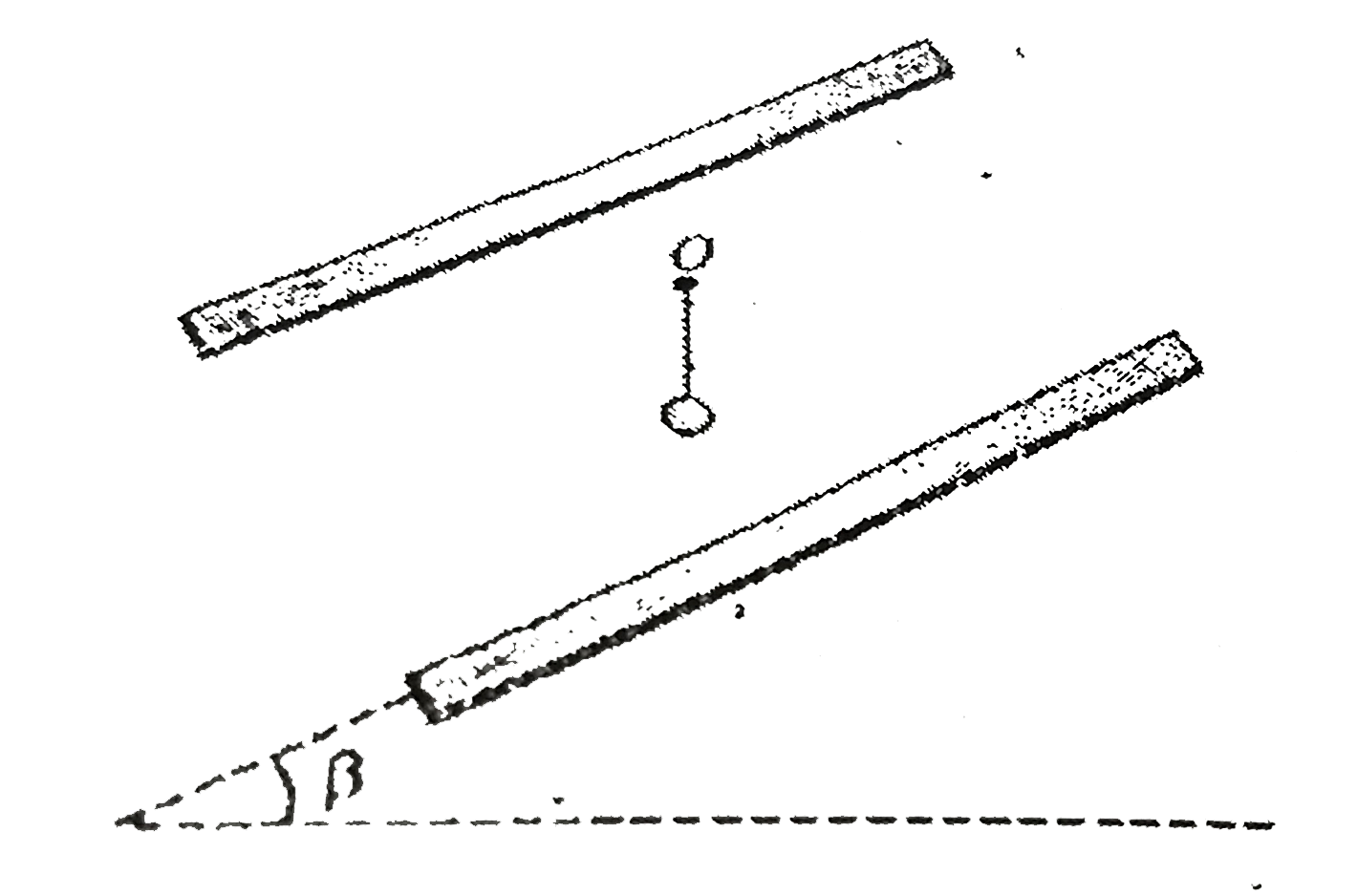 View Solution
View SolutionQuestion 19
A rectangular tank of mass m0 and charge Q is placed over a smooth horizontal floor. A horizontal electric field£ exist in the region. Rain drops are falling vertically in the tank at the constant rate of n drops per second. Mass of each drop is m. Find velocityoftank as function of time. View SolutionQuestion 22
A system consits fo a thin charged wire ring of radius R and a very long uniformly charged thread oriented along the axis of the ring, with one of its ends coinciding with the centre of the ring. The total charge of the ring, with one of the ring so equal to q. The charge of the thread (per unit length) is equal to λ. Find the interaction froce between the ring and the thread.View SolutionQuestion 24
A thin fixed of radius 1 metre has a positive charge 1×10−5 coulomb uniformly distributed over it. A particle of mass 0.9 gm and having a negative charge of 1×10−6 coulomb is placed on the axis at a distance of 1cm from the centre of the ring. Show that the motion of the negatively charged particle is approaximately simple harmonic. Calculate the time period of oscillations.View SolutionQuestion 25
A clock face has charges −q,−2q,,.....−12q fixed at the position of the corresponding numerals on the dial. The clock hands do not disturb the net field due to point charges. At what time does the hour hand point in the direction of the electric field at the centre of the dial.View SolutionQuestion 26
Consider the classical model of an electron such that a nucleus of charge +e is uniformly distributed within a sphere of radius2Å. An electron of charge -e at a radial distance 1Å moves inside this sphere. Find the force a!tracting the electron on to the centre of the sphere. Calculate the frequency with which the electron would oscillate about the centre of the sphere, if released from rest at this radial distance.View SolutionQuestion 28
A large nonconducting surface has a uniform charge density σ. A small circular hole ofradius R is cut in the middle of the sheet, as shown in figure. Ignore fringing of the field lines around all edges calculate the electric field at' pointP, a distancez from the centre of the hole along its axis.
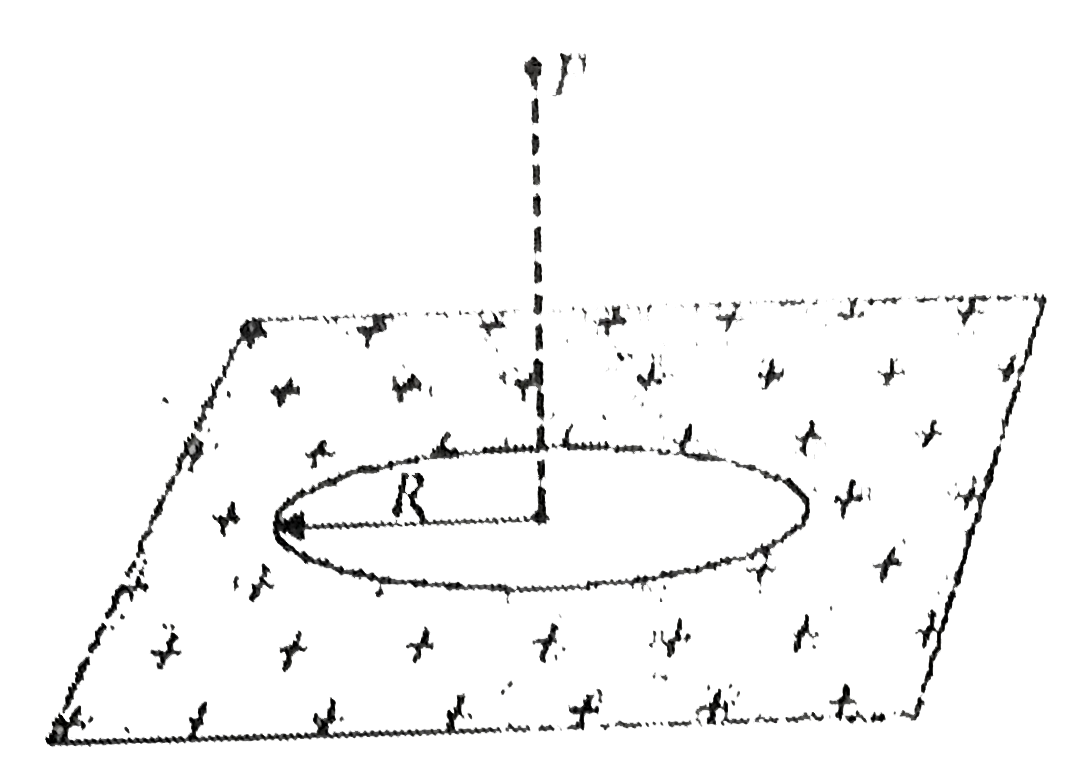 View Solution
View SolutionQuestion 29
A thin insulating wire is stretched·along the diameter of an. insulated circular hoop of radius R. A small bead of mass m and charge-q is threaded onto the wire. Two small identical charges are tied to the hoop at points opposite to each other, so that the diameter passing through them is perpendicular to the thread as shown in figure. The bead is released at a point which.is located at a distance x0 from the centre of the hoop. Assume that x0<<R.
(a) What is the resultant force acting on the charged bead?
(b) Describe the motion of the bead after it is released X
(c) Use the assumption that xR<<1 to obtain an approximate equation of motion, and find the displacement and velocity of the bead as functions of time
(d) When will the velocity of the bead will bcome zero for the first time?
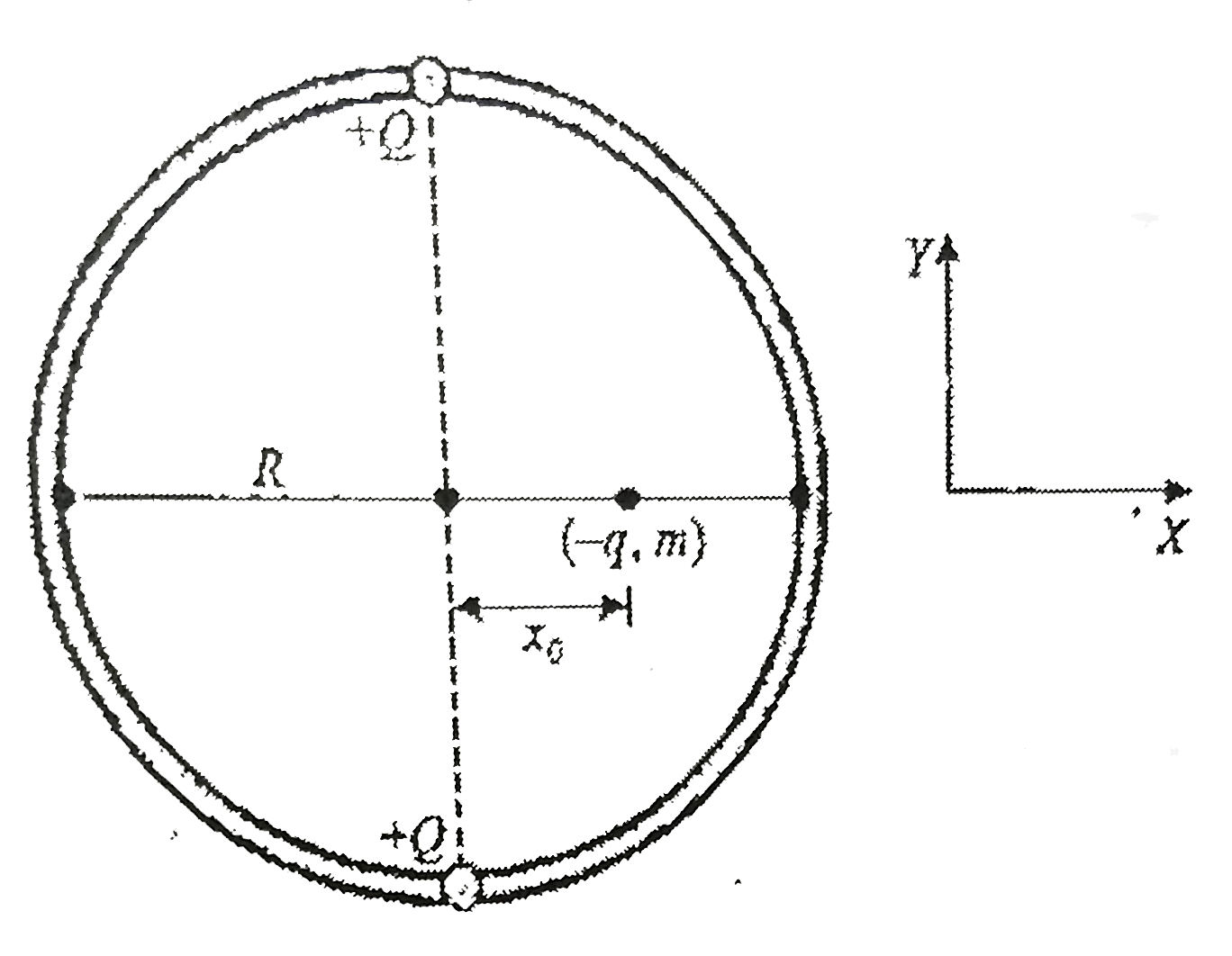 View Solution
View SolutionQuestion 30
An infinitely long cylindrical shell ofinner radius r1 and outer radius r2 is charged in its volume with a volume charge density which varies with distance from axis of cylinder as p=blrC/m3 which C is a positive constant and r is the distance from axis of cylinder. Find the electric field intensity at a point P at a distance x from axis of cylinderView SolutionQuestion 32
A thin nonconducting ring of radius R has a linear charge density λ=λ0cosφ, where λ0 is a constant , ϕ is the azimutahl angle. Find the magnitude of the electric field strength
(a) at the centre of the ring ,
(b) on the axis of the ring as a function of the distance x from its centre. Investegation the obtained function at x>>R.View SolutionQuestion 33
A ball of radius R carries a positive charge whose volume density depends only on a separation r from the ball's centre as ρ=ρ0(1−r/R), where ρ0 is a constant. Asumming the permittivites of the ball and the enviroment to be equal to unity find :
(a) the magnitude of the electric field strength as a function of the distance r both inside and outside the ball :
(b) the maximum intensity Emax and the corresponding distance rm.View SolutionQuestion 34
A point charge q1=4.00nC is placed at the origin, and a second point charge q2=−3.00nC, placed on the x-axis at x = + 20.0 cm. A third point charge q3=2.00nC is placed on the X-axis between q1,andq2. (Take as zero the potential energy of the three charges when they are infinitely far apart).
(a) What is the potential energy of the system of the three charges if q3 is placed at x= + 10.0 cm?
(b) Where should q3 be placed to make the potential energy of the system equal to zero? View SolutionQuestion 35
A particle of mass 400mg and charged with 5×10−9C is moving directly towards a fixed positive point charge of magnitude 10−8C. When it is at a distance of 10 cm from the fixed positive point charge it has a velocity of 50 cm/s. At what distance from the fixed point charge will the particle come momentarily to rest ? Is the acceleration constant during the motion ? View SolutionQuestion 37
A particle of mass 40 mg and carrying a charge 5×10−9C is moving directly towards a fixed positive point charge on magnitude 10−8C. When it is at a distance of 10 cm from the fixed positive point charge it has a velocity of 50cms−1 at what distance from the fixed point charge will the particle come momentarily to rest ? Is the acceleration constant during motion?View SolutionQuestion 38
Three point charges q, 2q and 8q are to be placed on a
. 9cm long straight line. Find the
. positions where the charges shouldbe placed such that the potential energy
. of this sysrem is minimum. In this situation, what is the
. electric field at the charge q due to the other two charges? View SolutionQuestion 39
Two fixed, equal, positive charges, each of magnitude 5×10−5 coul are located at points A and B separated by a distance of 6m. An equal and opposite charge moves towards them along the line COD, the perpendicular bisector of the line AB.
The moving charge, when it reaches the point C at a distance of 4m from O, has a kinetic energy of 4 joules. Calculate the distance of the farthest point D which the negative charge will reach before returning towards C.
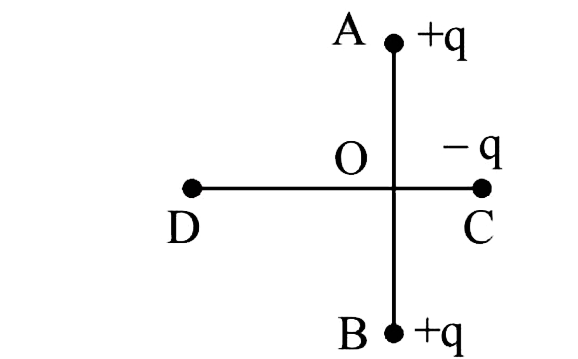 View Solution
View SolutionQuestion 40
Two small identical balls lying on a horizontal plane are connected by a weightless spring. One ball (ball 2) is fixed at O, and the other (ball 1) is free. The balls are charged identically as a result of which the spring length increases η=2 times. Determine the change in frequency.
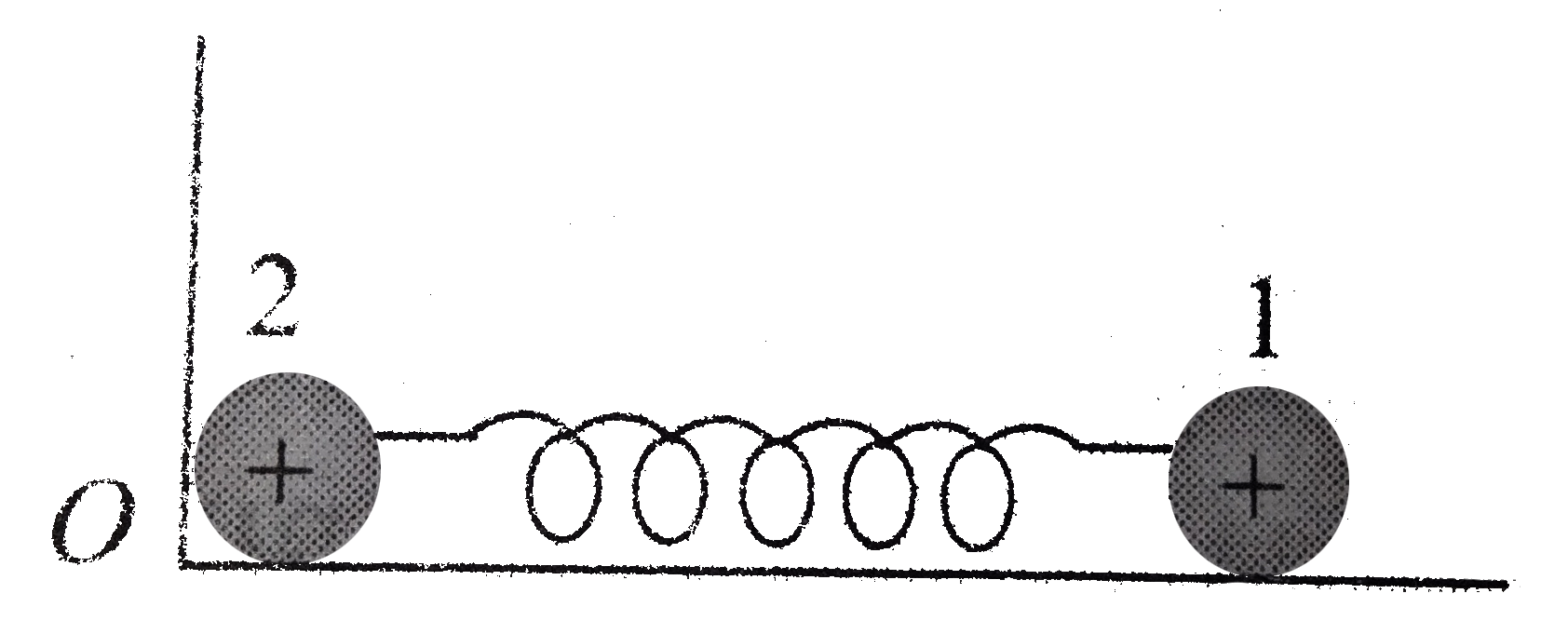 View Solution
View SolutionQuestion 41
A small particle has charge −5.00μC and mass 2.00×10−4 kg. It moves from point A where the electric potential is VA=+200V. to point B, where the electric potential is VB=+800V. The electric force is the only force acting on the particle. The particle has speed 5.00ms at point A. What is its speed at point B? is it moving faster or slower at B than at A. Explain, View SolutionQuestion 42
A particle having a charge+3×10−9C is placed in a uniform electric field directed toward left. It is released from rest and moves a distance of 5 cm after which its kinetic energy is found to be 4.5×10−5J.
(a) Calcnalate the work done by the electrical force on the particle
(b) Calculate the magnitude of the electric field.
(c) Calculate the potential of starting point with respect to the end point of particle's motion.
 View Solution
View SolutionQuestion 45
A particle of mass 9×10−31 kg having a negative charge of 1.6×10−19C is projected horizontally with a velocity of 106ms−1 into a region between two infinite horizontal parallel plates of metal. The distance between the plates is d=0.3cm and the particle enters 0.1cm below the top plate, THe top and bottom plates are connected, respectively to the positive and negative terminal of a 30V battery. Find the components of the velocity of the particle just before it hits one of the plates.
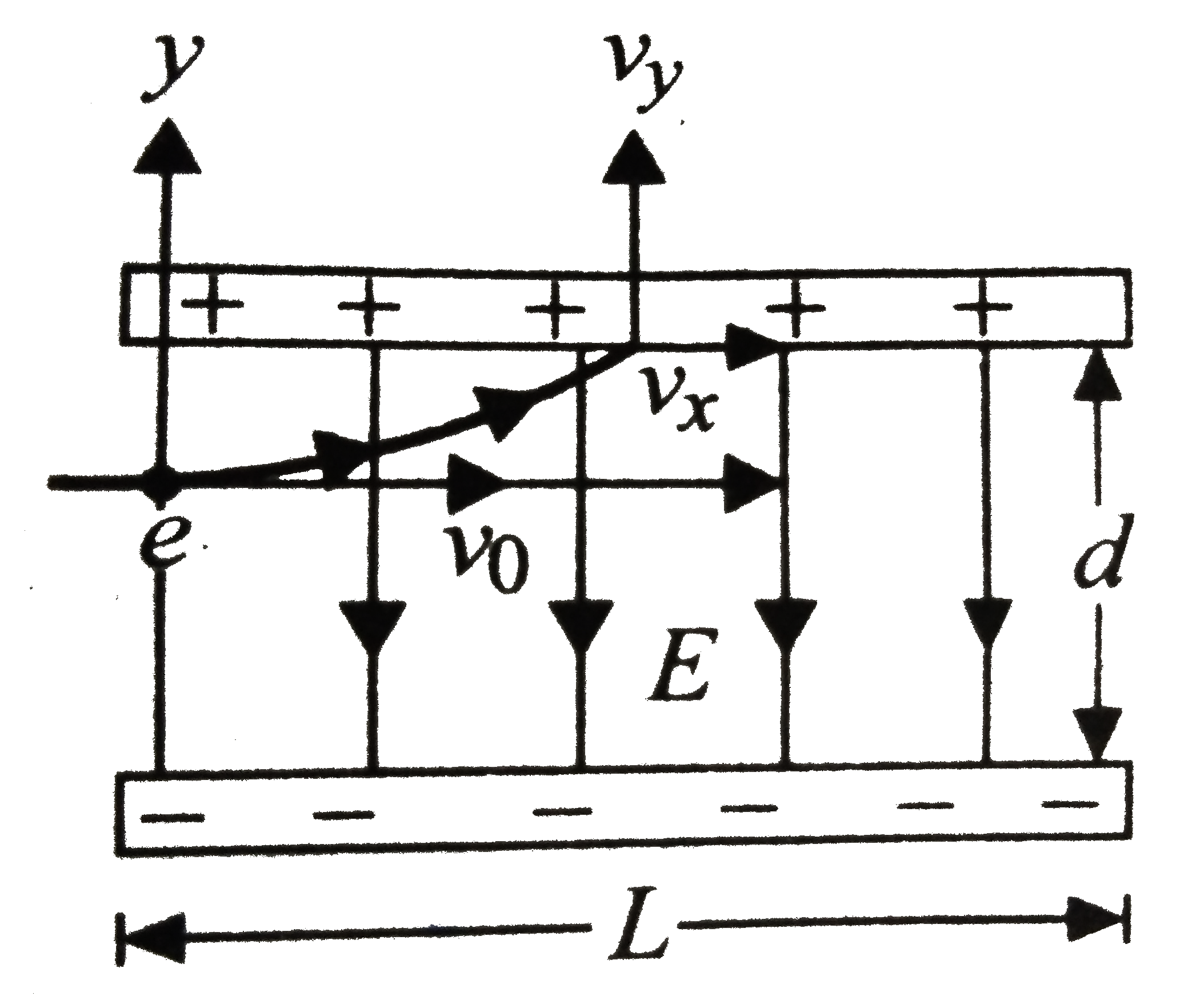 View Solution
View SolutionQuestion 46
There are two large parallel metallic plates S1 and S2 carrying surface charge densities σ1 and σ2 respectively (σ1>σ2) placed at a distance d apart in vacuum. Find the work done by the electric field in moving a point charge q at distance a(a<d) from S1 towards S2 along a line making an angle π/4 with the normal to the plates.View SolutionQuestion 50
Two charges −2Q abd Q are located at the points with coordinates (−3a,0) and (+3a,0) respectively in the x-y plane. (i) Show that all points in the x-y plane where the electric potential due to the charges is zero, on a circle. Find its radius and the location of its centre (ii) Give the expression V(x) at a general point on the x-axis and sketch the function V(x) on the whole x-axis. (iii) If a particle of charge +q starts from rest at the centre of the circle, shown by a short quantitative argument that the particle eventually crosses the circule. Find its speed when it does so.View SolutionQuestion 61
Three concentric spherical metallic shells A, B and C of radii a, b and c (a lt b ltc) have surface charge densities σ, −σ and σ respectively.
(i) Find the potential of the three shells A, B and C.
(ii) If the shells A and C are at the same potential, obtain the relation between the radii a, b and c.View SolutionQuestion 62
A short electric dipole is situated at the origin of coordinate axis with its axis along x-axis and equator along y-axis. It is found that the magnitudes of the electric intensity and electric potential due to the dipole are equal at a point distance r=√5m from origin. Find the position vector of the point in first quadrant.View SolutionQuestion 64
A particle of mass m and charge +q is located midway between two fixed charged particles each having a charge +q and at a distance 2L apart. Assuming that the middle charge moves along the line joining the fixed charges, calculate the frequency of oscillation when it is displaced slightly. View SolutionQuestion 81
An infinity long uniform line charge distribution of charge per unit length λ lies parallel to the y-axis in the y−z plane at z=√32 a(see figure). If the magnitude of the flux of the electric field through the rectangular surface ABCD lying in the x−y plane with its centre at the origin is λL≠ψlon0 (ε0= permittivity of free space), then the value of n is
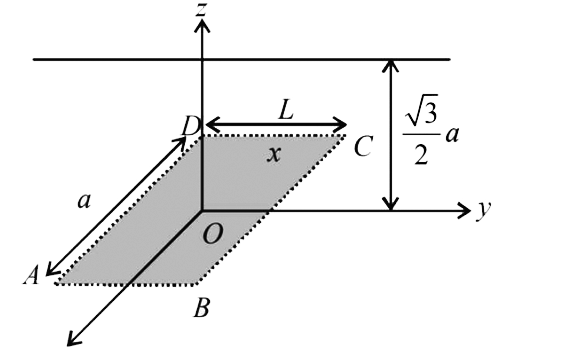 View Solution
View SolutionQuestion 84
A soap bubble of radius r is formed inside another soap bubble of radius R(>r). The atmospheric pressure is P0 and surface tension of the soap solution is T. Calculate change in radius of the smaller bubble if the outer bubble bursts. Assume that the axcees pressure inside a bubble is small compared to P0.
 View Solution
View SolutionQuestion 86
The minimum strength of a uniform electric field which can tear a conducting uncharged thin-walled sphere into two parts is known to be E0. Determine the minimum electric field strength E1 required to tear the sphere of twice as large radius if the thickness ofits walls is the same as in the former case.View SolutionQuestion 88
A charge Q is placed at the centre of an uncharged, hollow metallic sphere of radius a. (a) Find the surface charge density on the inner surface and on the outer surface. (b) If a charge q is put on the sphere, what would be the surface charge densities on the inner and the outer surface? (c) Find the electric field inside the sphere at a distance x from the centre in the situations (a) and (b).View SolutionQuestion 91
There are two uncharged identical metallic spheres of radius a, separated a distance d. A charged metallic sphere (charge q) of sarue radius is brought and touches sphere 1. After some time it is moved away to a far off distance. After this, the sphere 2 is earthed. Find the charge on sphere 2.
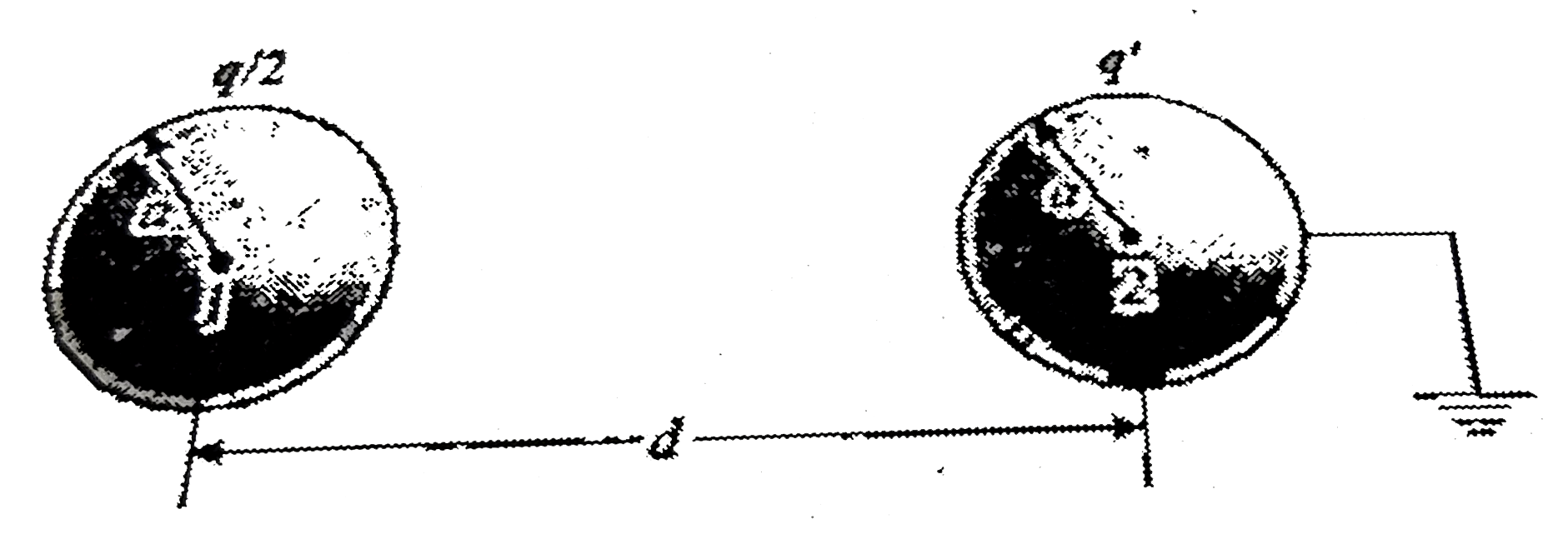 View Solution
View SolutionQuestion 95
A point charge q is located at the centre O of a spherical uncharged coducting layer provided with small orifice. The inside and outside radii of the layer are equal to a and b respectively. The amount of work that has to be performed to slowly transfer the charge q from teh point O through the orifice and into infinity is
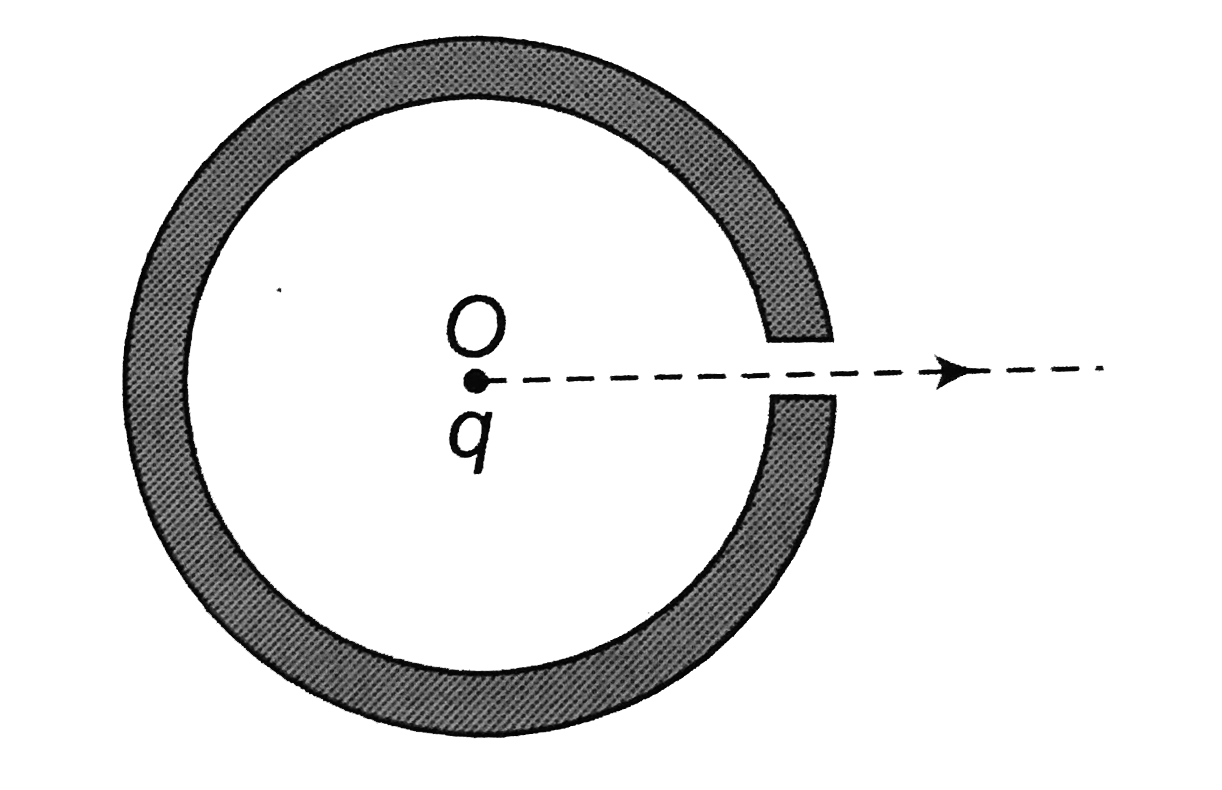 View Solution
View Solution
All Exercises from GK PUBLICATIONS PHYSICS Class 12 PHYSICS ELECTROSTATICS
- Advance MCQs
- Conceptual MCQs single option correct
- Discussion Question
- Illustrative Example
- Numerical MCQs Single options Correct
- Partice Exercise
- Partice Exercise 1.1
- Partice Exercise 1.10
- Partice Exercise 1.2
- Partice Exercise 1.3
- Partice Exercise 1.4
- Partice Exercise 1.5
- Partice Exercise 1.6
- Partice Exercise 1.7
- Partice Exercise 1.8
- Partice Exercise 1.9
- Unsolved Numberical Problems

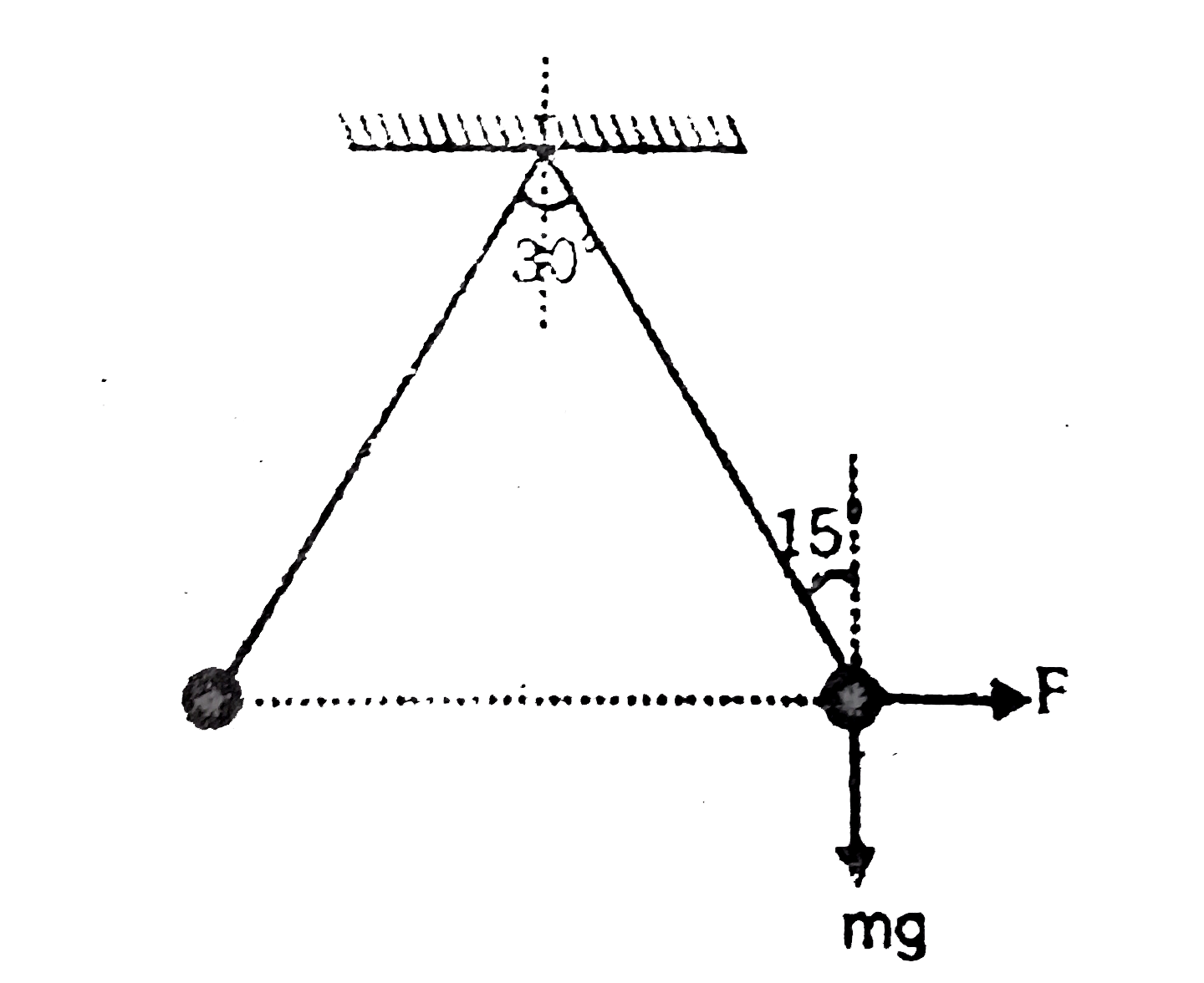
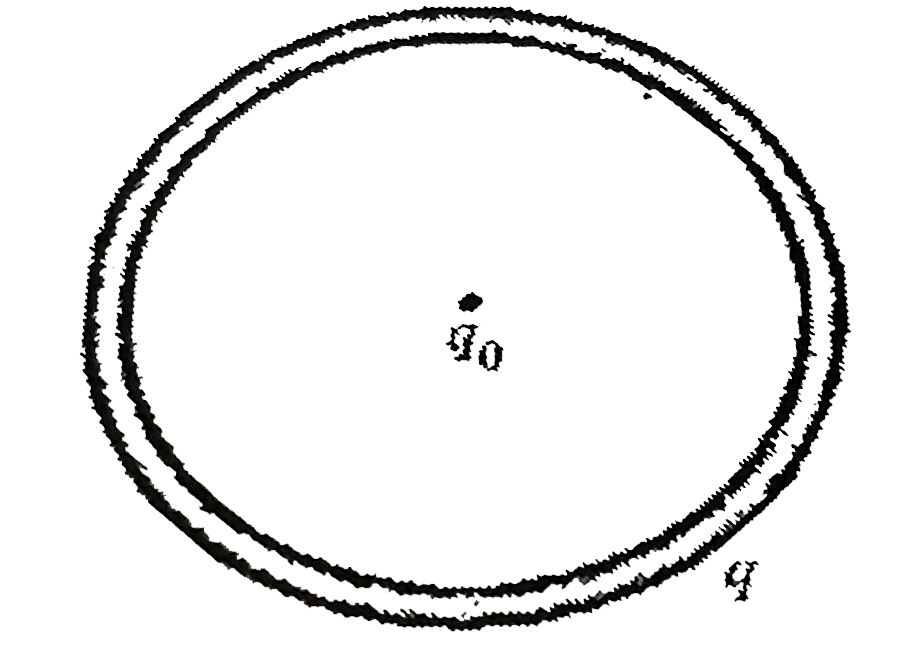

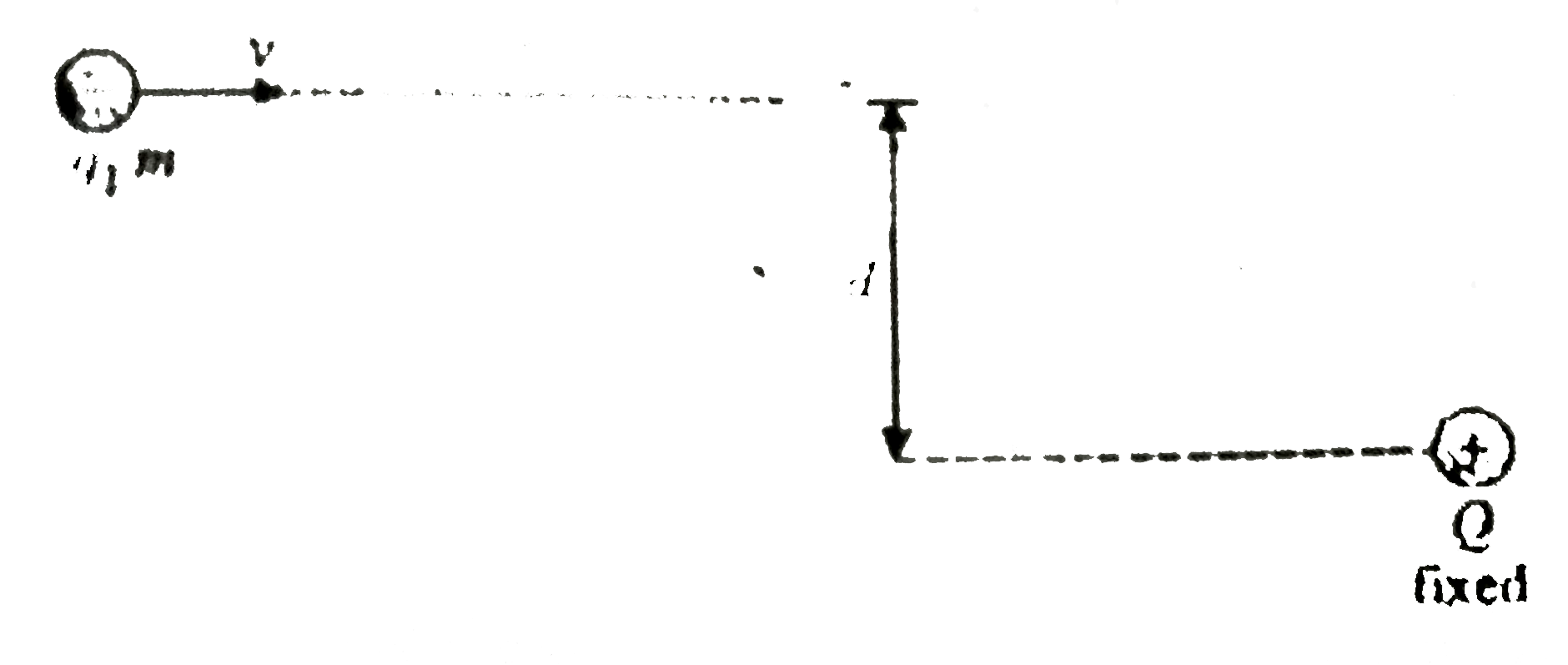
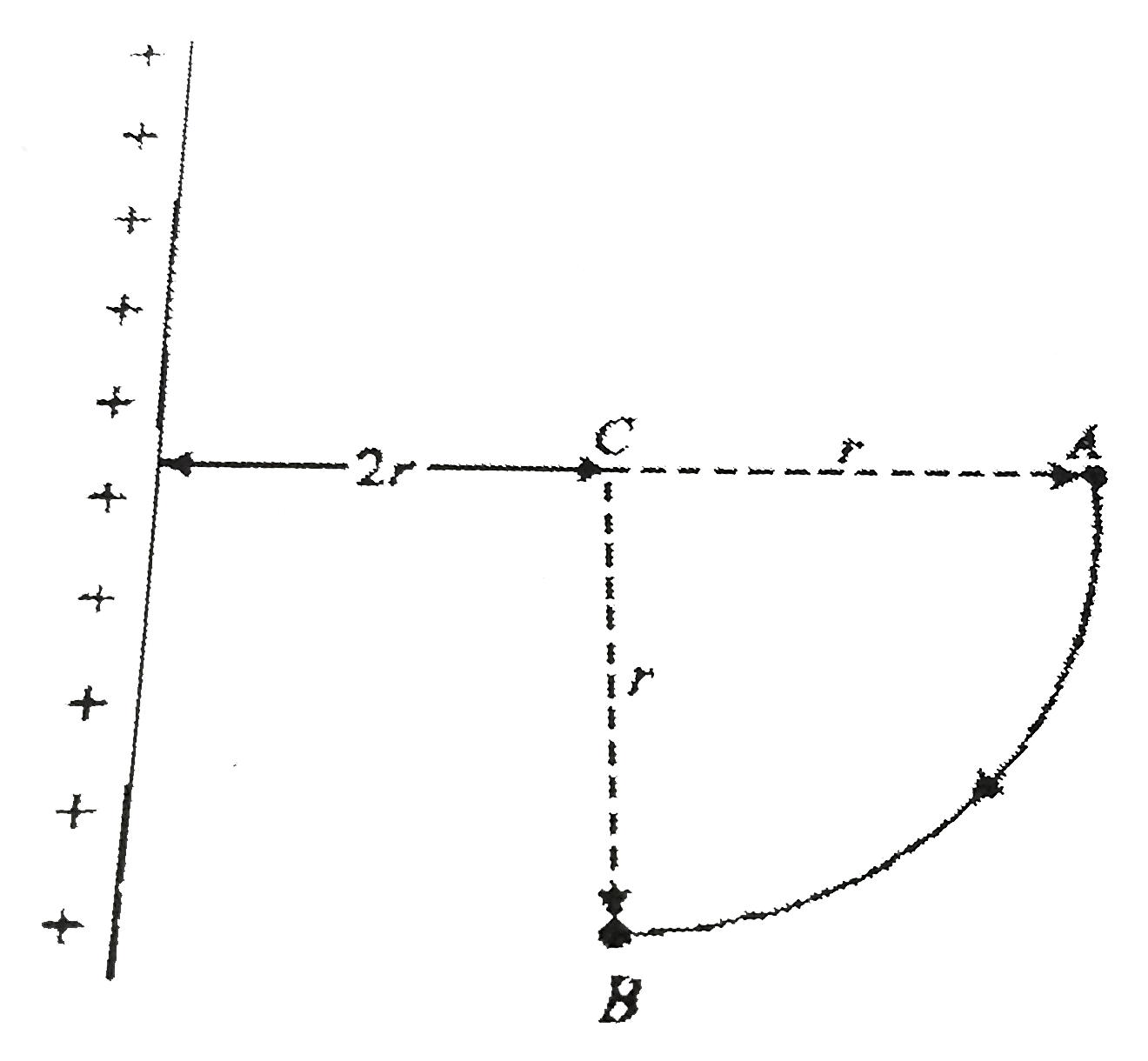
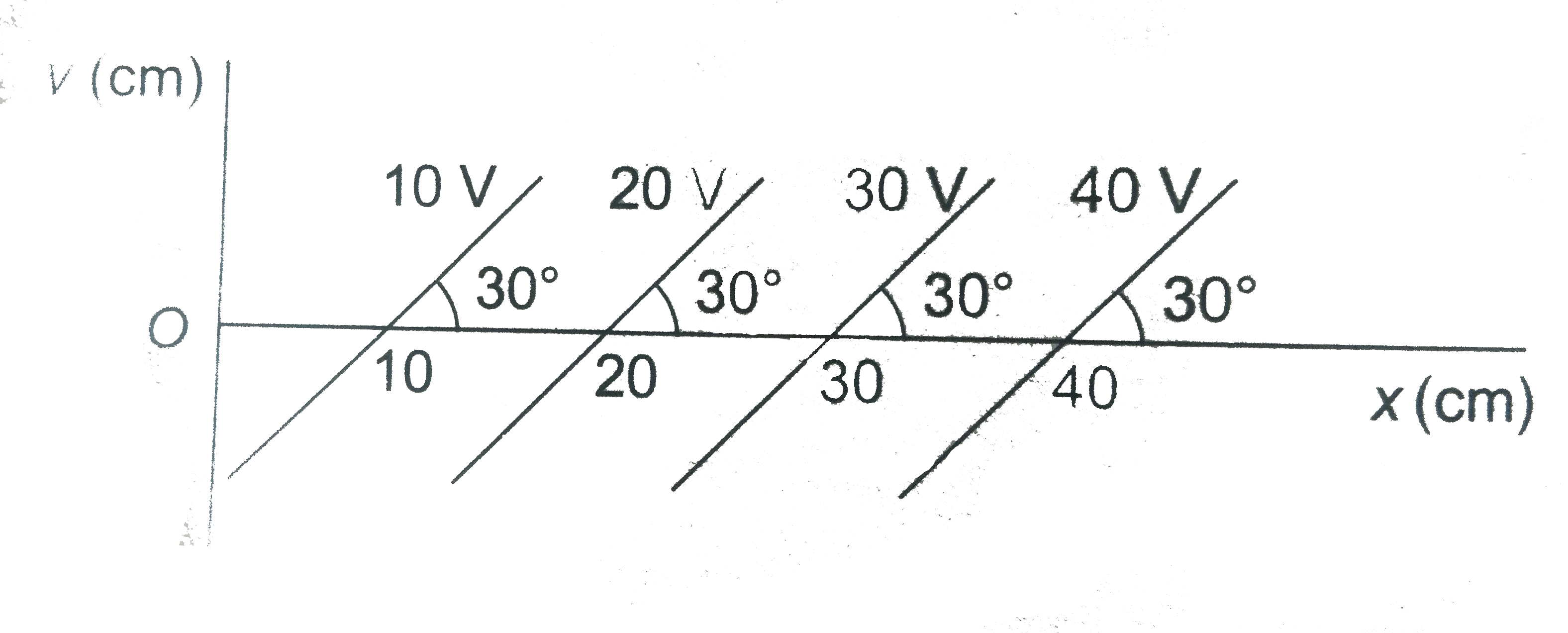
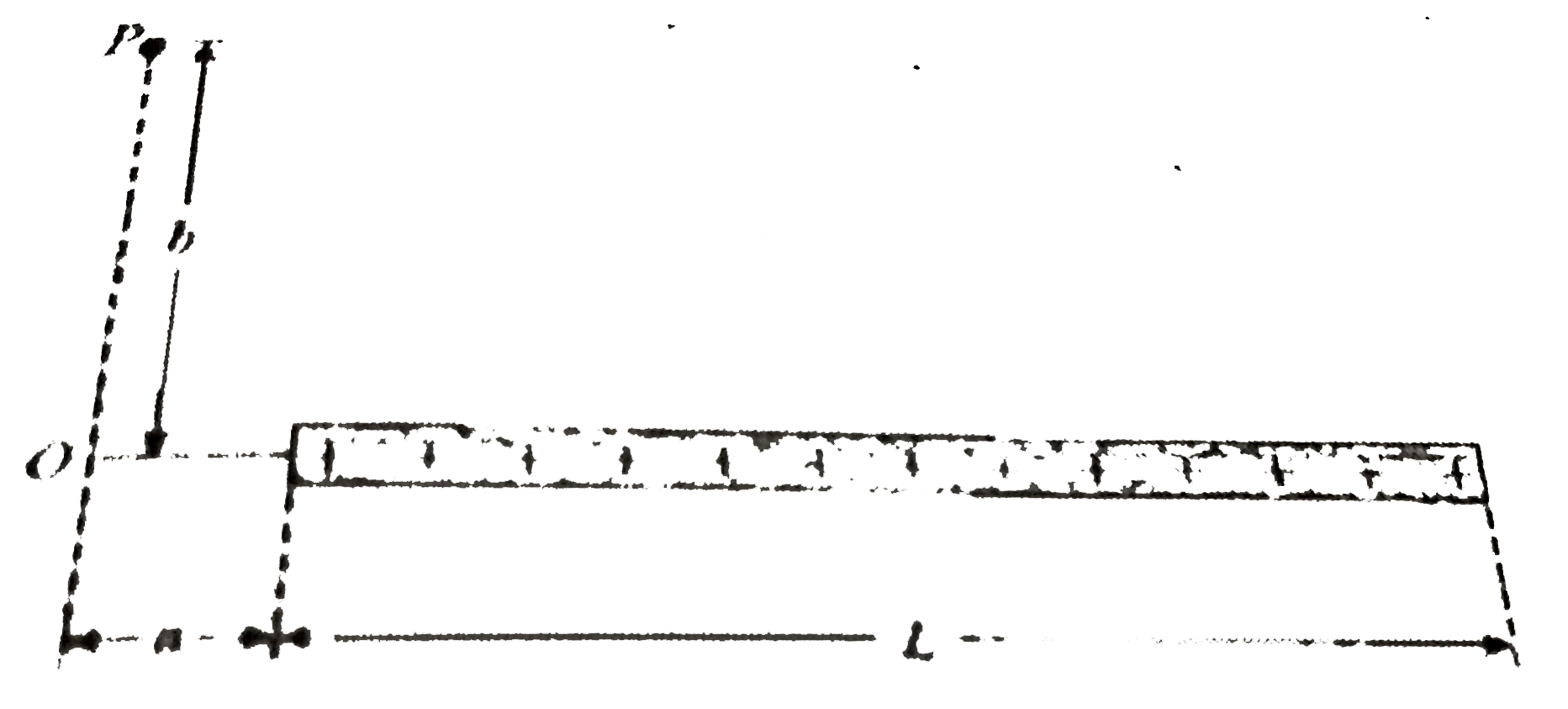
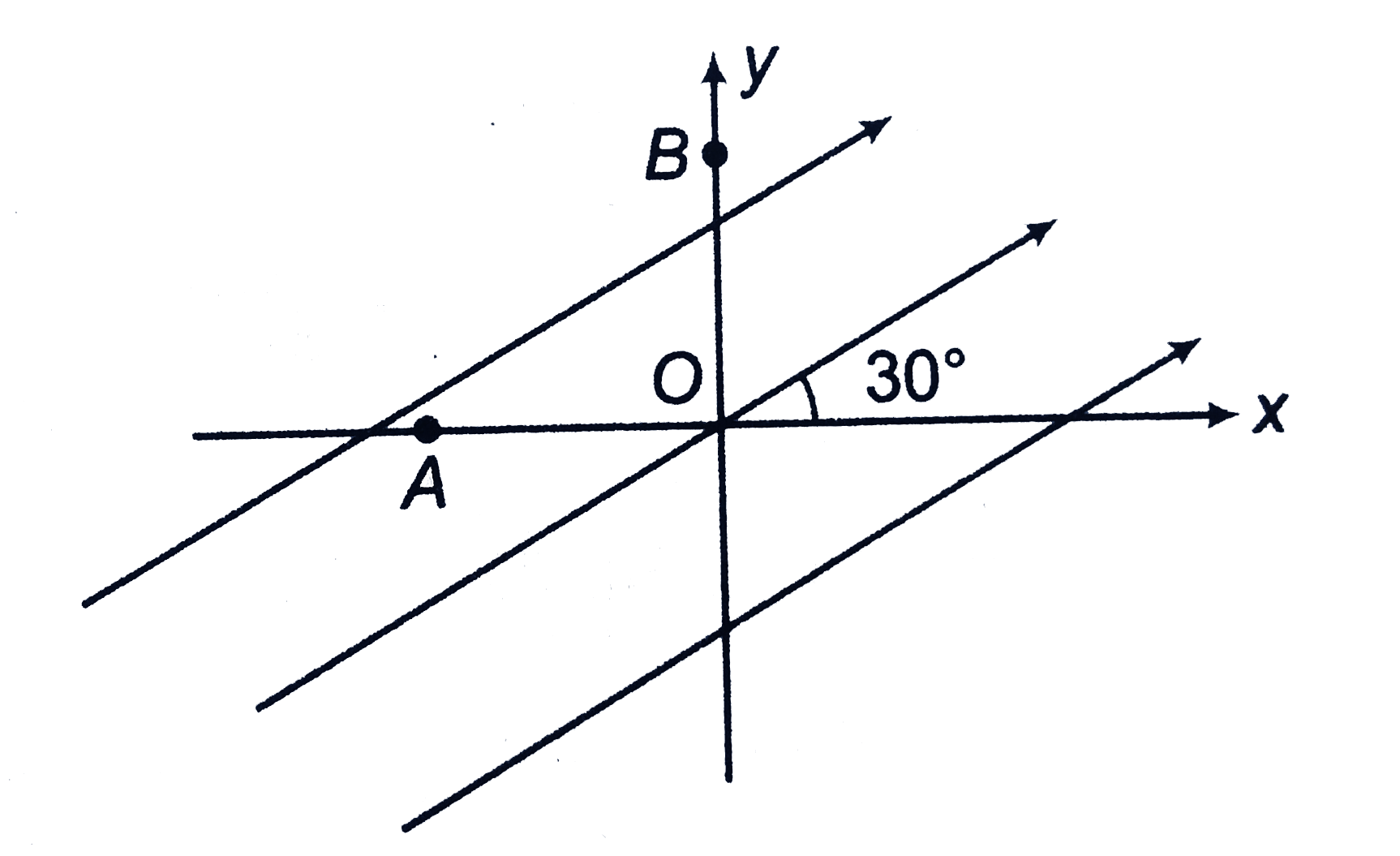
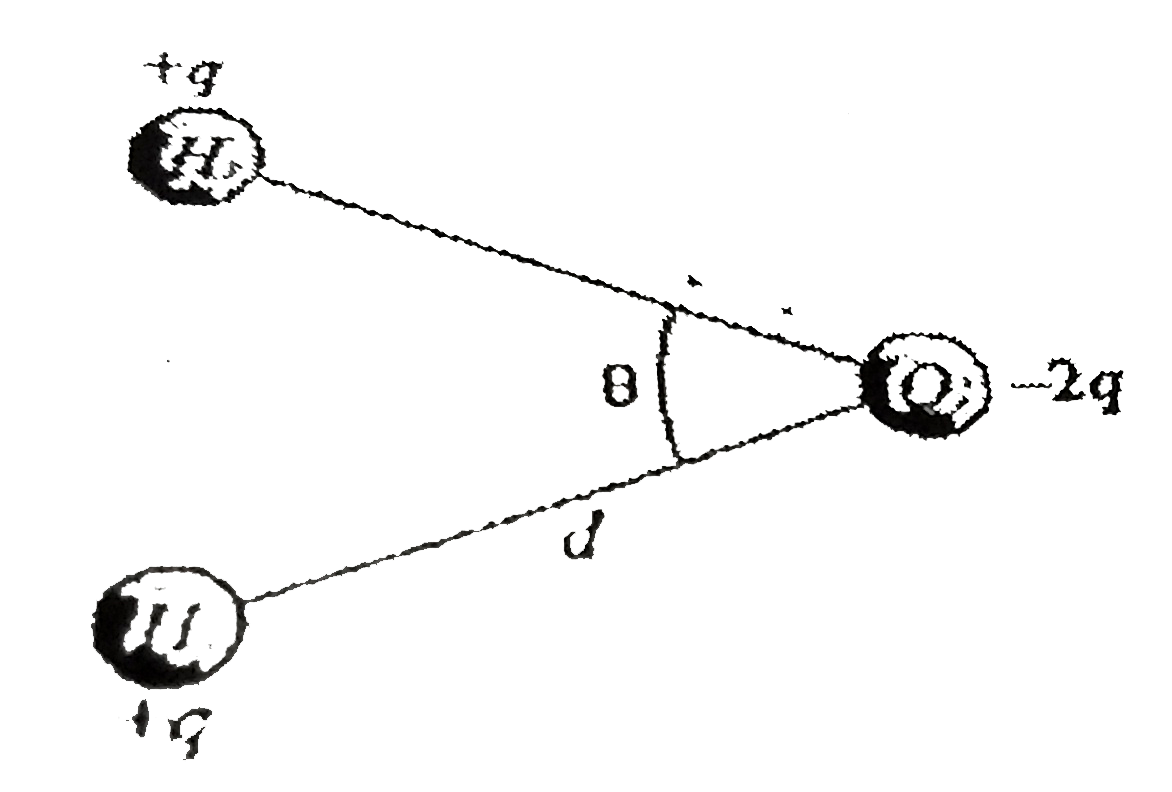

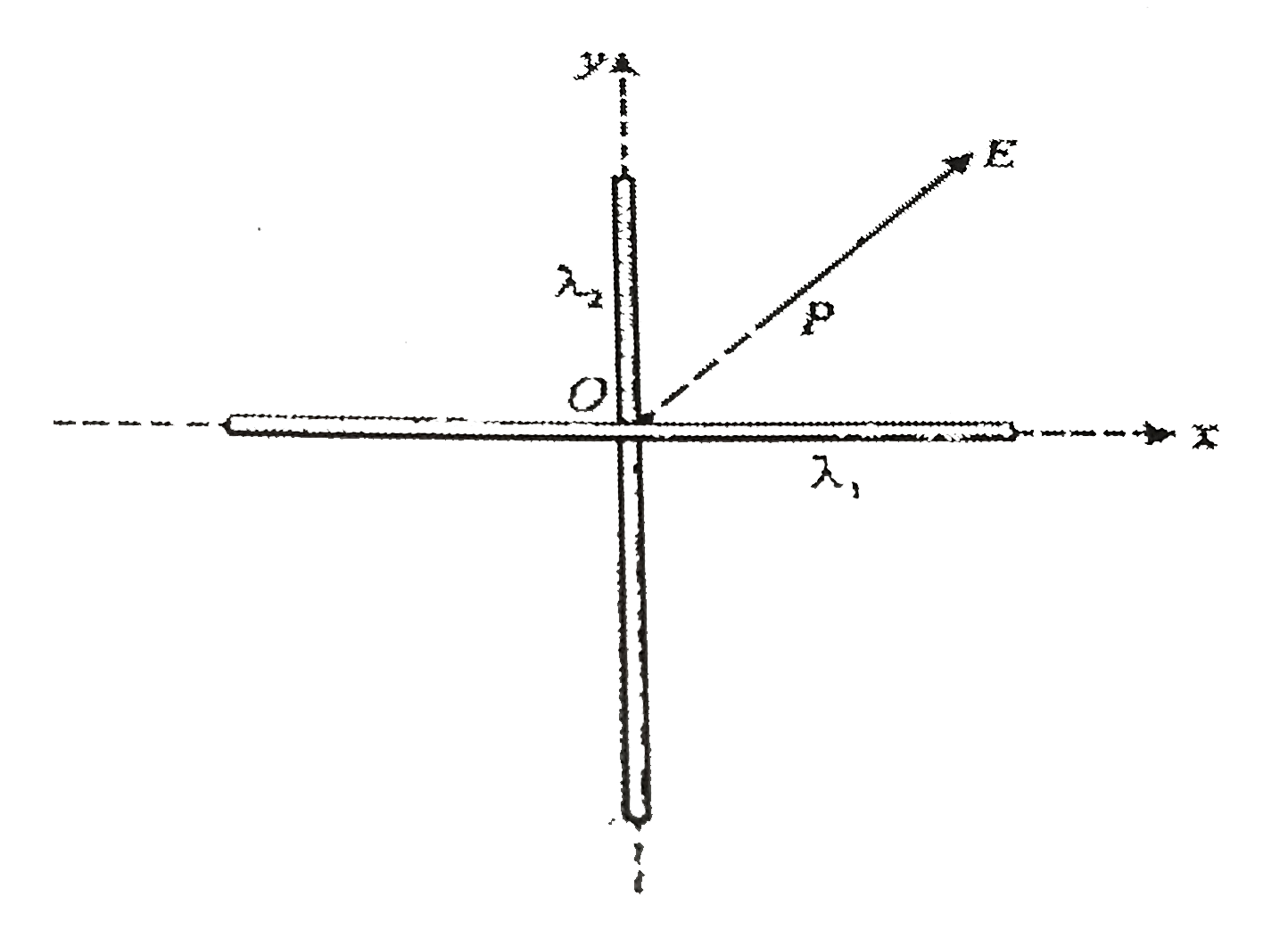
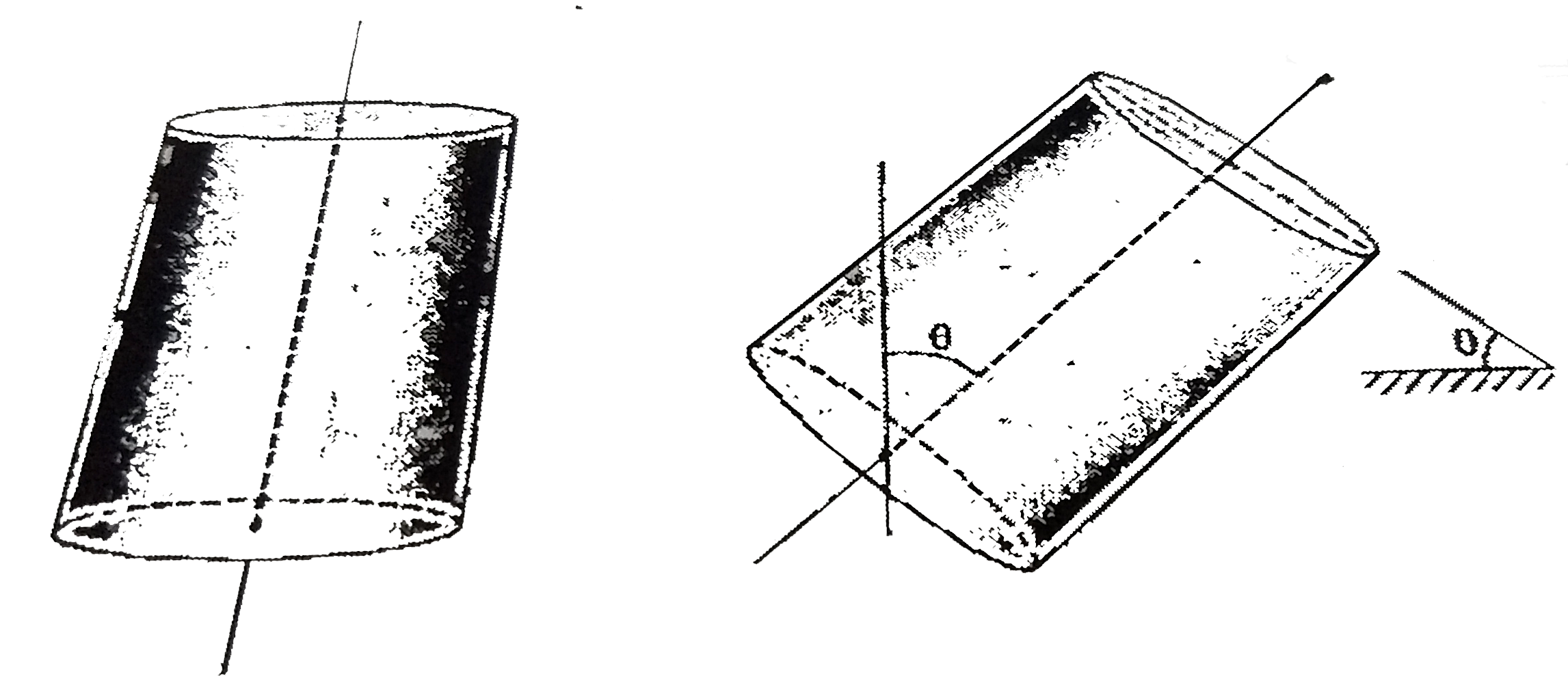
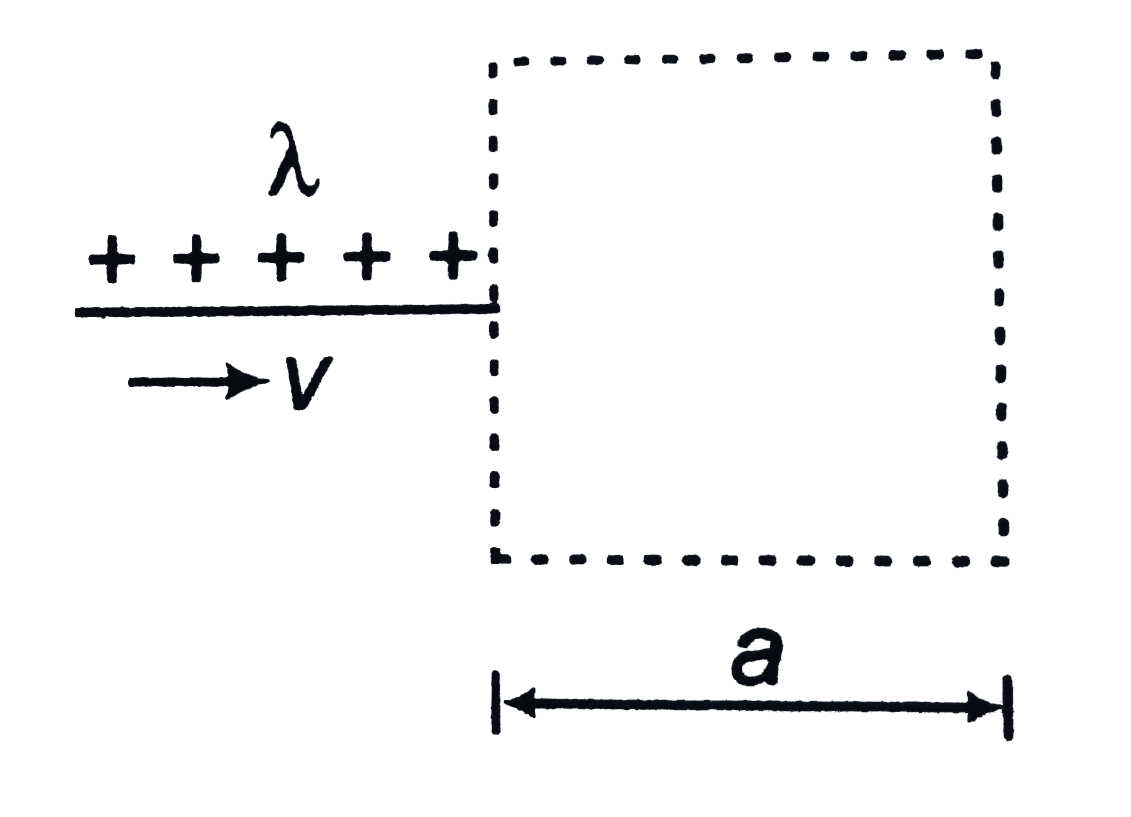
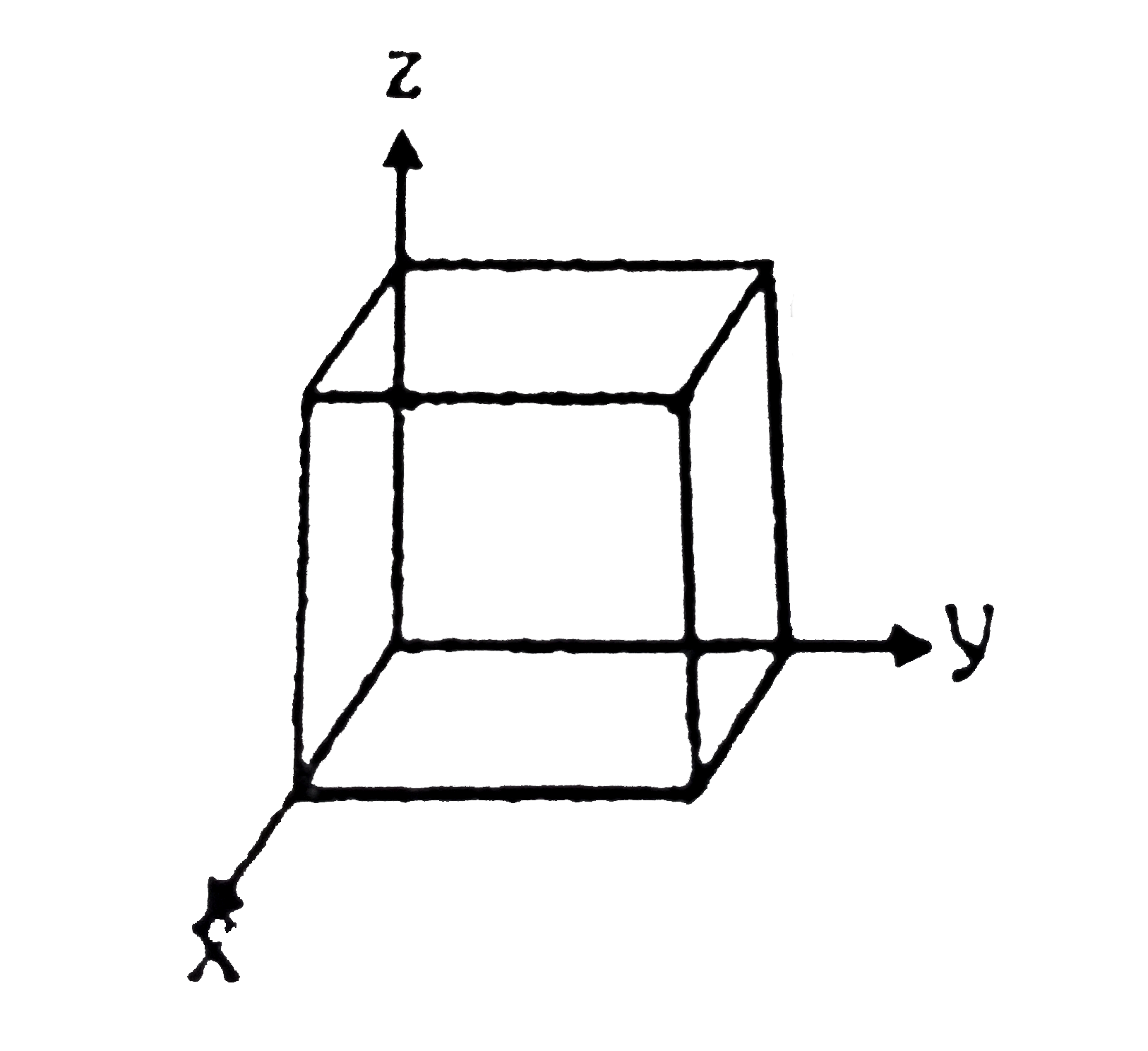
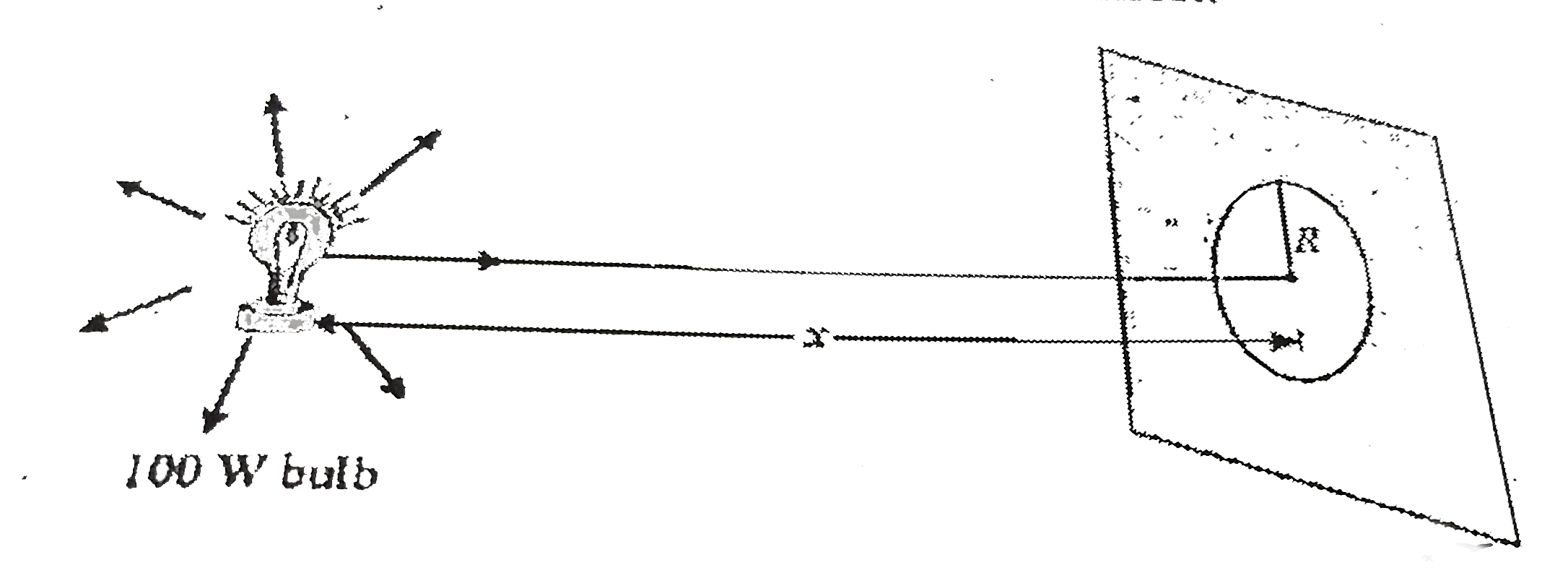
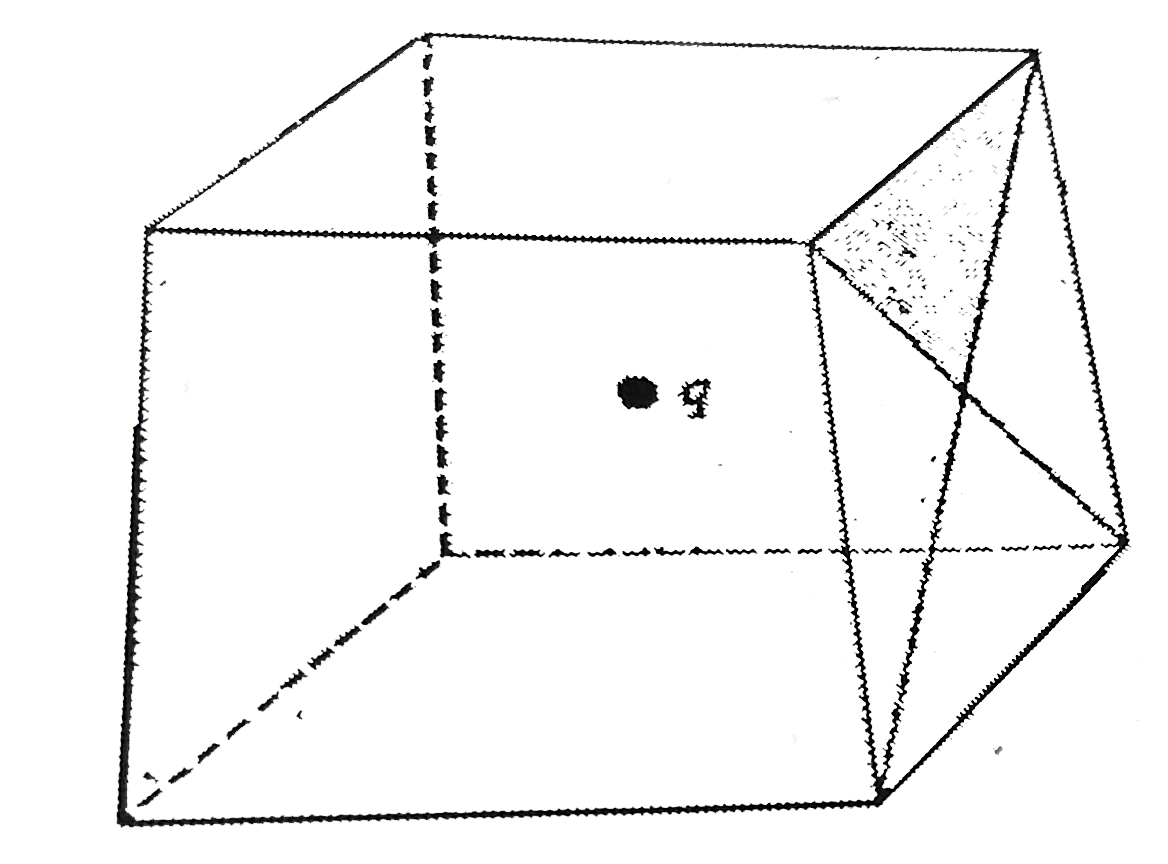
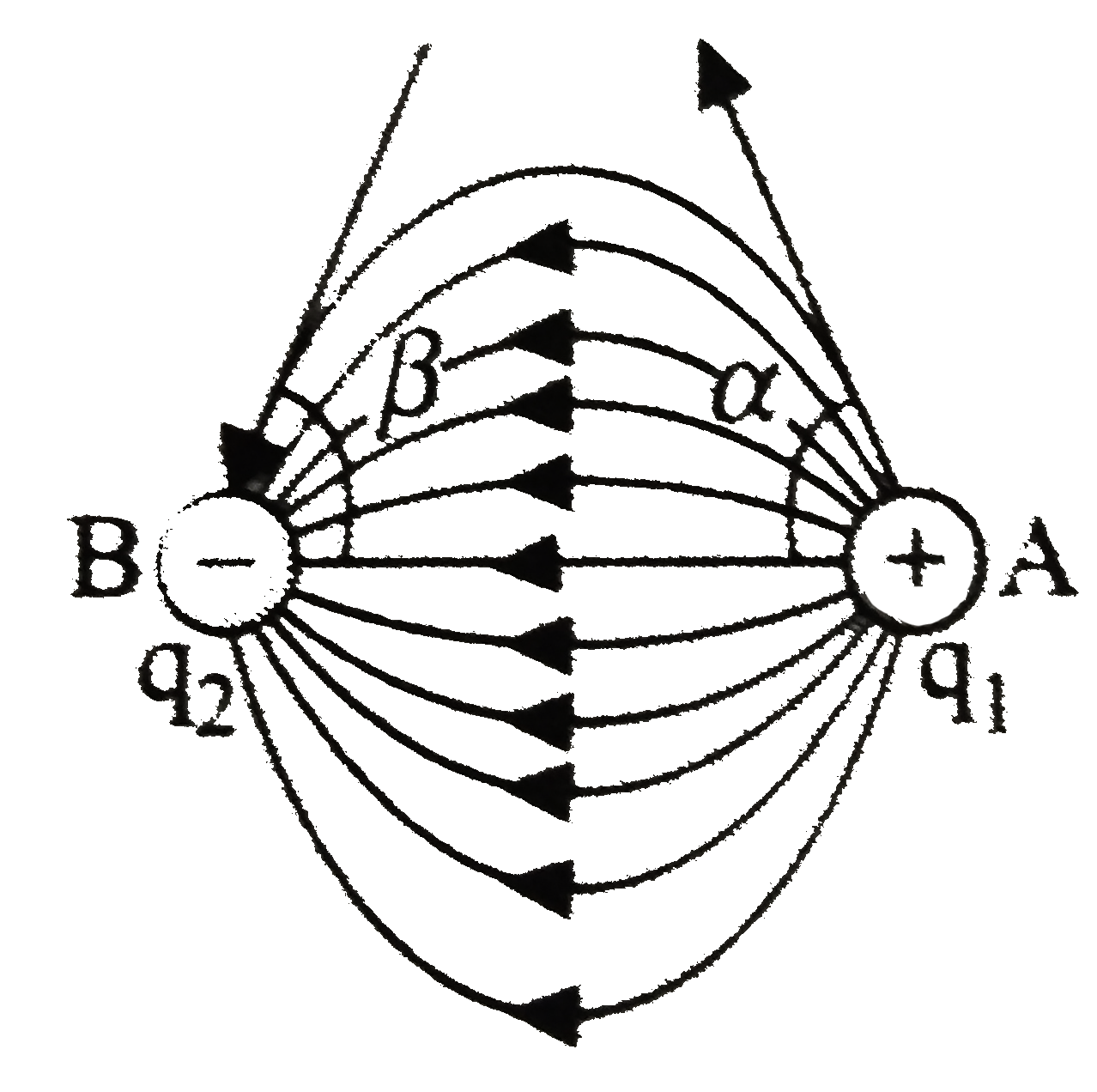
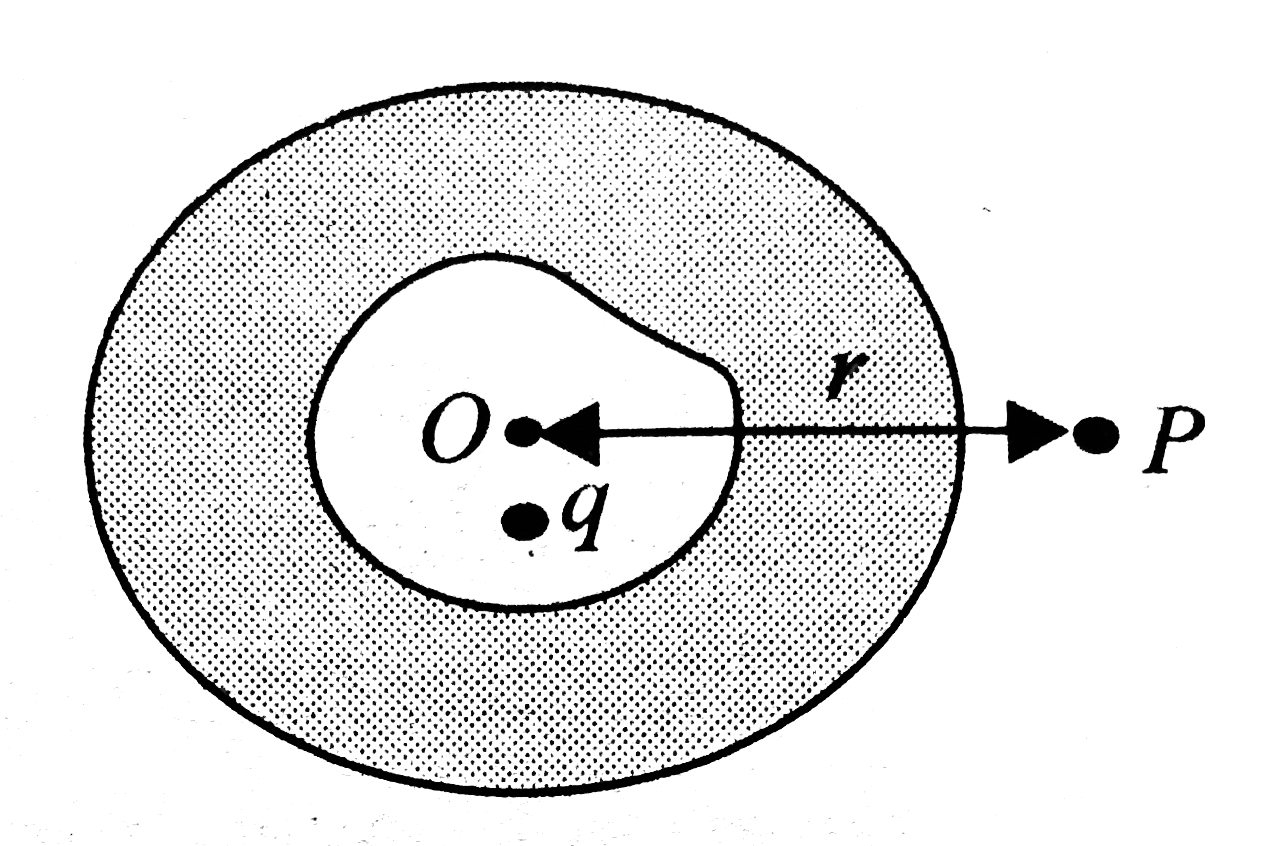 .
.